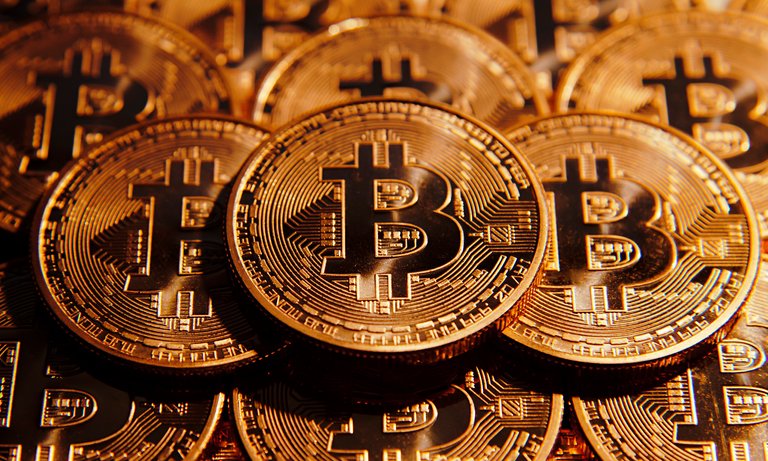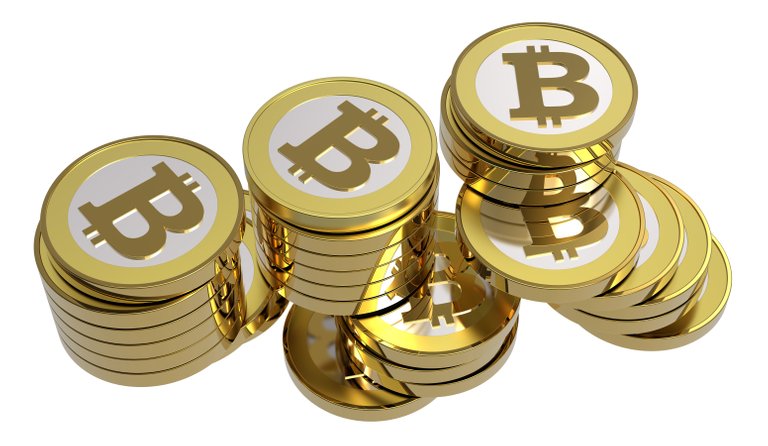
While it has delivered stellar returns over the years, the volatile nature of the trade is not for the feeble-hearted
As the price of the bitcoin leapt past $10,000 this week, marking a tenfold gain in 2017, many investors seemed to nurse a ‘missed-out’ feeling. The financial press ran ‘how-to-invest-in-bitcoin’ tutorials right alongside unflattering comparisons of the bitcoin boom to the Tulip mania. If you are among the Indian investors who are rueing their decision to skip bitcoins in favour of the stock market, here are some bitcoin facts that may make you feel better.
Scarcity premium
In the financial markets, asset bubbles are spotted by comparing the traded price of an asset to its fair value. For stocks, the valuation metric may be the price-to-earnings or book value multiple. For oil or gold, there’s the cost of producing each barrel or ounce. The rupee is assessed on real effective exchange rate. But it’s hard to say if there’s a bubble brewing in bitcoins because it has no such valuation measure. Its price is therefore decided mainly by demand-supply dynamics.
No one knows yet, if Bitcoin’s pseudonymous inventor Satoshi Nakamoto was a computer engineer, academic or Silicon Valley geek. But one subject that Nakamoto certainly understood was economics. He knew that when unlimited demand chases finite supply, the result is sky-rocketing prices.
So, while creating the original algorithm to ‘mine’ blocks of bitcoins (new bitcoins are created when you use computers to solve complex mathematical problems set by the system), he set a finite limit on the bitcoins that could be mined for all time to come. He also ensured that the algorithm got more complex over time and that the bitcoin yield shrank in geometric proportion with each new block.
This has effectively set a hard limit of 21 million on total bitcoin supply, of which an estimated 16.7 million (80 per cent) has already been mined. Mining new blocks now entails gigawatts of electricity and computing power.
To make things interesting, there’s uncertainty about the existing bitcoin supply as well. About a million bitcoins are said to have been spirited away by Nakamoto himself, a few million have gone missing due to lost hard disks and forgotten passwords, and a good number are out of circulation because they’re stockpiled by investors.
This scarcity factor and the lack of a fair value measure makes the bitcoin a great playground for speculators, but a very uncomfortable one for long-term investors.
High on volatility
Looking back today, bitcoin returns for the last five years are drool-worthy. The rupee-equivalent price of a bitcoin has zoomed from under ₹600 in November 2012 to more than ₹6.8 lakh by November 2017, a cool 300% annualised return. In the same period, the BSE Sensex has produced a staid 11.5% despite a bull market.
If this is making you regret choosing stocks over bitcoins, do note that you would have needed nerves of steel to stay invested in bitcoins. While delivering stellar returns, the bitcoin has subjected its investors to an extremely rocky ride.
Over the last five years, the maximum loss made by the BSE Sensex on any given day was 5.93%. Its biggest single-day gain was 3.8%. The rupee, with which the bitcoin competes as a virtual currency, saw a biggest single-day depreciation (against the dollar) of 3.6% and gained 3.4% on its best day.
But the bitcoin, on its bad days, has proved five times as volatile as the Sensex. On its worst day in the last five years, its price tanked by 28% in dollar terms. At its most euphoric, it shot up by 41% in a single session. Also, 10% single-day losses were not unusual for the bitcoin, with 36 such occasions in the last five years.
The short history of the bitcoin has been punctuated by quite a few stomach-roiling events too. In 2014, thousands of bitcoins were stolen from the leading exchange Mt Gox which had to be shuttered. The event saw a two-year lull in the bitcoin bull market. In August, a breakaway faction Bitcoin Cash, ‘forked’ off from the main bitcoin blockchain. This week, global bitcoin exchanges reported outages and flash crashes unable to handle the sharp surge in traffic.Due to such volatility, though it has proved a blockbuster investment, the bitcoin hasn’t really made headway as a global alternative to conventional money.

Regulatory approval
When originally introduced, virtual currencies, backed by the ultra-democratic blockchain technology, were expected to offer a border-less alternative to fiat currencies, which were being systematically debased by governments in the developed world. There was clamour for a globally-accepted medium of exchange that was free of political hegemony.
But trading volumes in cryptocurrencies have tended to become quite concentrated in a few regions lately. They’ve also proved quite sensitive to governmental actions. After galloping fivefold between January and September 2017, bitcoins suffered a 30% blip this September after the Chinese government, wary of capital flight, ordered the shut-down of leading bitcoin exchanges. In April, markets cheered Japan’s decision to officially recognise bitcoins as legal tender and license 11 exchanges.
Trading volumes have also flown from one region to another depending on how favourably disposed regulators have been towards bitcoins. Chinese exchanges dominated bitcoin trading a couple of years ago with a more than 80% volume share. But after the clampdown, Japanese and U.S. exchanges now control over two-thirds of volumes.
In India, the RBI is still undecided on the issue of how and if at all it will regulate virtual currencies. Meanwhile, it has issued disclaimers that it hasn’t authorised bitcoins as a medium of exchange, warning investors of potential ‘financial, operational, legal, customer protection and security-related risks’ if they dabble in them.
Very interesting.
Hi! I am a robot. I just upvoted you! I found similar content that readers might be interested in:
http://www.thehindu.com/business/markets/whats-behind-the-bitcoin-boom/article21254937.ece